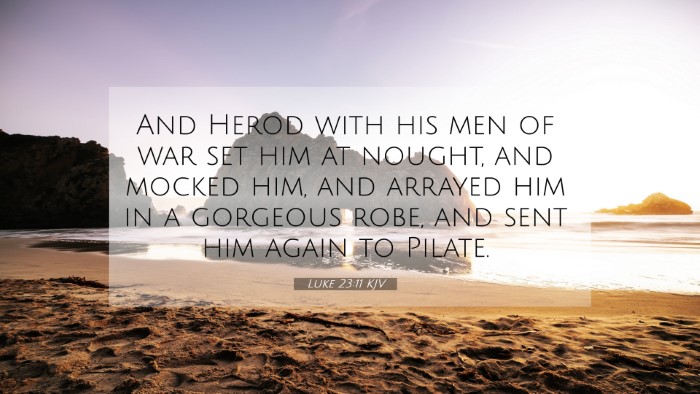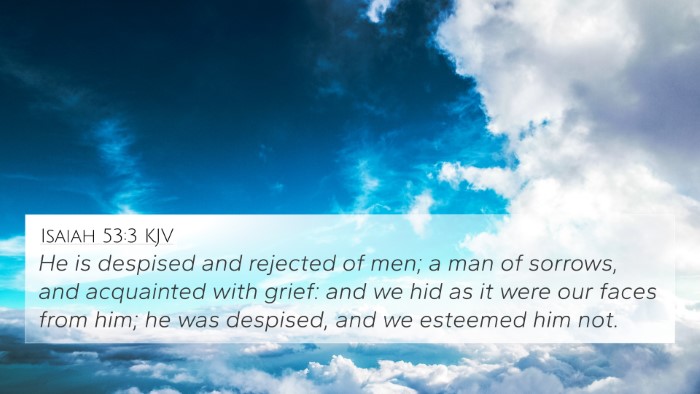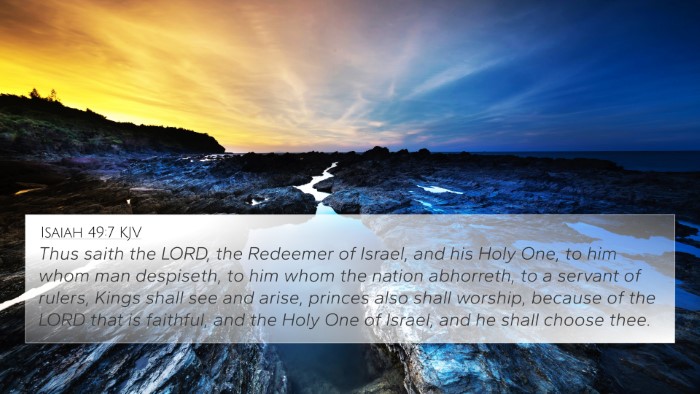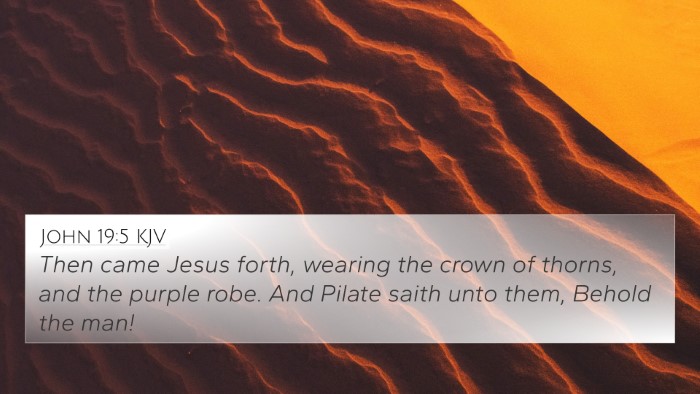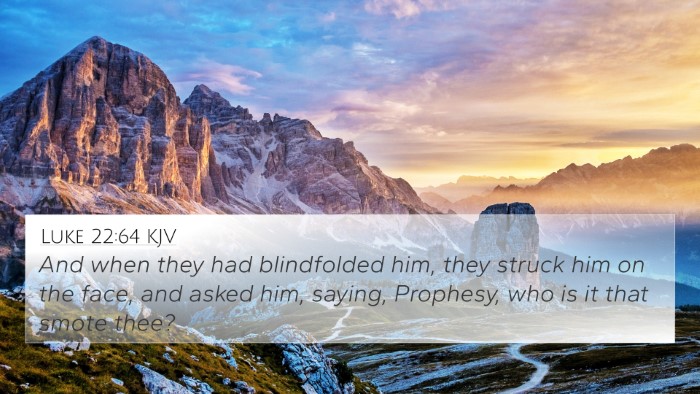Bible Verse: Luke 23:11 - Meaning and Interpretation
Luke 23:11 states, "And Herod with his men of war set him at nought, and mocked him, and arrayed him in a gorgeous robe, and sent him again to Pilate." This verse is pivotal in understanding the events surrounding the trial of Jesus. Below is a summary of insights combined from public domain commentaries by Matthew Henry, Albert Barnes, and Adam Clarke.
Overview of Luke 23:11
This scripture captures a significant moment during the trial of Jesus Christ. After being sent to Herod, Jesus is treated with contempt and ridicule. This highlights both the hostility toward Jesus and the political intrigue of the time. Herod's actions are revealing of the broader societal rejection of Jesus' mission and the fulfillment of prophecy regarding the suffering servant.
Commentary Insights
- Matthew Henry:
Henry emphasizes the scorn Jesus faced, noting that Herod's mocking signifies not only personal disdain but a collective rejection from leaders. The royal garments symbolize the irony of their mockery against the truth of Jesus' kingship, further illustrating the futility of worldly power against divine purpose.
- Albert Barnes:
Barnes points out that Herod was eager to see a miracle performed by Jesus, reflecting the curiosity of those seeking entertainment at the expense of faith. This moment underscores the lack of understanding and the superficial approach many had toward Jesus, foreshadowing the greater rejection of Him by humanity.
- Adam Clarke:
Clarke notes the historical context, discussing the political dynamics between Herod and Pilate. By mocking Jesus, Herod attempts to assert dominance and dismisses the claims of Jesus, which symbolizes the spiritual blindness that pervades the era, leading to the eventual crucifixion of Christ.
Thematic Connections with Other Bible Verses
Luke 23:11 resonates with several other scriptures, which can be explored for comparative analysis and themes of rejection, mockery, and fulfillment of prophecy:
- Isaiah 53:3: "He is despised and rejected of men; a man of sorrows, and acquainted with grief." - This Old Testament prophecy parallels the scorn Jesus experienced.
- Matthew 27:29: "And when they had platted a crown of thorns, they put it upon his head, and a reed in his right hand: and they bowed the knee before him, and mocked him." - This verse illustrates the mocking parallel during Jesus' trial.
- John 19:2: "And the soldiers platted a crown of thorns and put it on his head, and they put on him a purple robe." - Further connects the ridicule Jesus endured.
- Luke 18:32: "For he shall be delivered unto the Gentiles, and shall be mocked, and spitefully entreated, and spitted on." - A direct prophecy foretelling the treatment Jesus would receive.
- 1 Peter 2:23: "Who, when he was reviled, reviled not again; when he suffered, he threatened not; but committed himself to him that judgeth righteously." - Reflects Jesus' reaction amidst mockery.
- Psalm 22:7-8: "All they that see me laugh me to scorn: they shoot out the lip, they shake the head, saying, He trusted on the Lord that he would deliver him." - A prophetic psalm echoing the attitude of those mocking Jesus.
- Matthew 26:68: "Saying, Prophesy unto us, thou Christ, Who is he that smote thee?" - This verse highlights the mocking nature of those interrogating Jesus.
Practical Application: Tools for Bible Cross-Referencing
To deepen understanding of this verse, one can utilize various tools for Bible cross-referencing:
- Bible Concordance: A comprehensive indexing of biblical words and phrases to find related verses.
- Bible Cross-Reference Guide: Useful for exploring thematic connections and scripture parallels.
- Cross-Reference Bible Study: Methods of associating related verses to enhance comprehension.
Conclusion
Luke 23:11 serves as a critical link within the narrative of Jesus Christ's passion, providing profound insights into the events leading to His crucifixion. By examining the interplay of themes found in this verse and other scriptural texts, one can gain a more comprehensive understanding of the messages conveyed throughout the Bible. Engaging with cross-referencing techniques aids in uncovering the rich tapestry of connections that reveal the overarching narrative of redemption.


